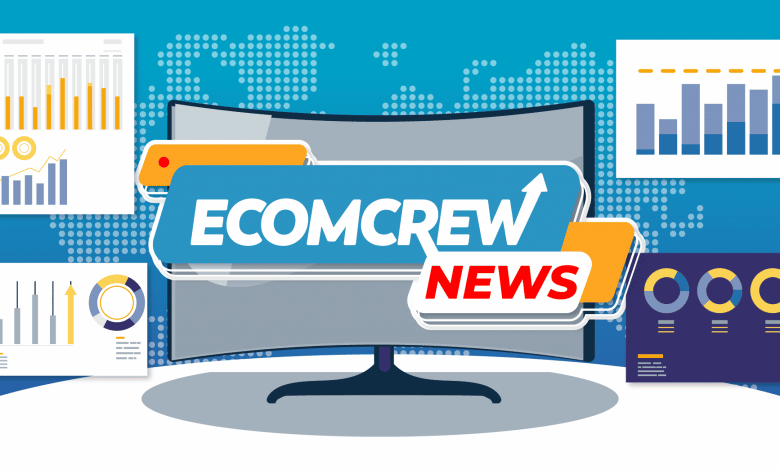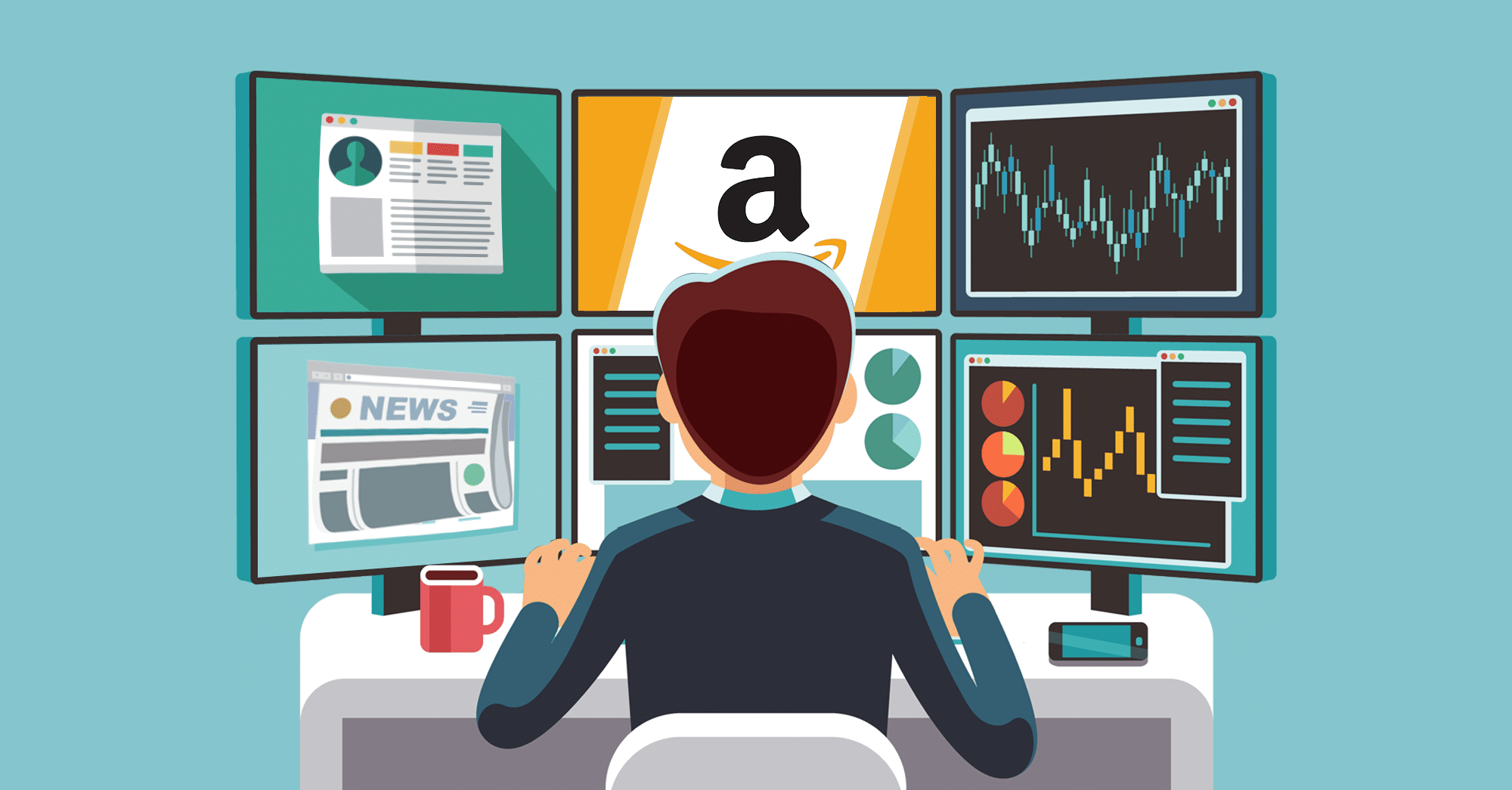Amazon Pauses Construction of Second Headquarters After Widespread Layoffs

Even before the pandemic hit, Amazon publicly announced its plan to construct a second headquarter in Arlington, Virginia. However, the company has recently decided to pause the project as it continues to deal with sales decline, inflation, and another round of massive layoffs.
The new headquarters, known as HQ2, consists of two phases. The first phase is nearing completion and is expected to open this June with around 8,000 employees. However, the construction of phase 2 will be delayed, which means it will take longer before Virginia’s skyline will be graced by the HQ’s helical structure, which was greenlit almost a year ago.
The pause of this major project is symbolic of Big Tech’s overall slowdown. Most of these companies have not been able to keep up with the speed they built during the pandemic, which makes it necessary to cut back on spending wherever possible.
In an interview with Bloomberg, Amazon’s real estate chief, John Schoettler, said they’re always evaluating space plans to make sure they fit business needs.
More signs of struggle can be noted as Amazon also paused the rollout of some of its Amazon Fresh stores in January. Earlier this week, it also announced the permanent closure of eight of its Amazon Go stores after assessing their portfolios.
These announcements were made after the company decided to lay off 18,000 employees from various divisions. (Although a recently leaked audio hints that some of these workers might be eligible for rehiring.)
Will This Matter to Sellers?
While this news does not directly affect Amazon’s third-party sellers, it does allude to the overall condition of the company. Selling on Amazon has become more expensive as merchants are hit with additional costs the company says it has been absorbing for many years.
Even assuming that none of the loss would be shifted to third-party sellers, it is apparent that Amazon has taken a more cautious approach to spending and expansions.
This can be good or bad news for sellers. On one hand, the company is more careful on where it invests. On the other hand, if the revenue slowdowns continue, it may have to take additional measures to increase its revenue. Unfortunately for sellers, the company’s main revenue drivers aside from AWS and the slowing online sales are third-party seller and advertising services, which were up last quarter by 20% and 19% Y/Y, respectively.


